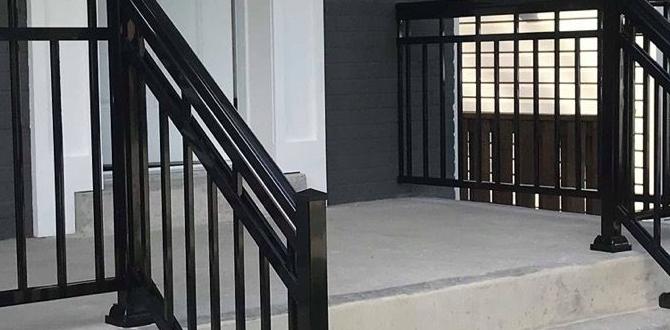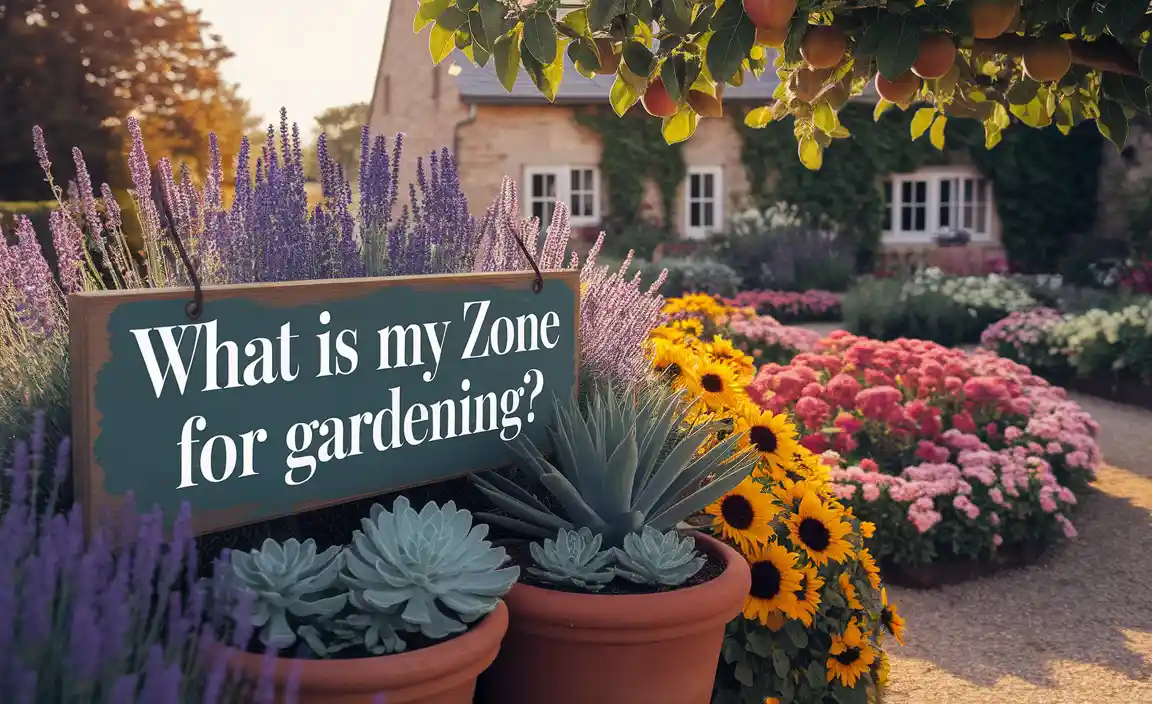Keep your furry friend happy and engaged indoors with a variety of fun, stimulating activities! From puzzle toys to scent games and DIY crafts, essential indoor fun for dogs boosts their mental and physical well-being, preventing boredom and destructive behaviors.
Is your dog looking a little restless when the weather keeps you inside? It’s totally normal for our canine companions to get antsy when outdoor adventures are limited. A bored dog can quickly become a mischievous dog, leading to chewed furniture or excessive barking. But don’t worry! Keeping your pup entertained and mentally stimulated indoors is easier than you might think. We’ll explore simple, effective ways to bring essential fun right into your home, ensuring your dog stays happy, healthy, and well-behaved, no matter the weather.
Why Indoor Activities for Dogs are Essential
Just like us, dogs need mental stimulation and physical exercise to thrive. When they’re cooped up, their natural instincts can lead to frustration. Indoor activities are not just about passing the time; they are crucial for a dog’s overall well-being. They help burn off excess energy, which can prevent common behavioral issues like chewing, digging, or excessive barking. Think of it as a workout for their brain and body!
Regular mental engagement through play and training can significantly improve a dog’s mood and reduce anxiety. It also strengthens the bond between you and your dog as you engage in shared activities. For puppies still learning the ropes or senior dogs with limited mobility, indoor fun becomes even more vital. It provides a safe and controlled environment for learning and gentle exercise. Let’s dive into some fantastic ways to bring this essential fun to your home, making every day an adventure for your four-legged family member.
The Power of Play: Boosting Brains and Burning Energy
Playtime is more than just fun; it’s a fundamental part of a dog’s life that keeps their minds sharp and their bodies active. Engaging your dog in varied play sessions helps prevent boredom, which is a common trigger for destructive behaviors and anxiety. Different types of play stimulate different parts of their brain and body, offering a well-rounded approach to keeping them happy and healthy.
From simple games of fetch down the hallway to more complex puzzle toys, the opportunities for indoor play are vast. These activities tap into a dog’s natural instincts, such as chasing, retrieving, and problem-solving, providing an outlet for their energy and intelligence. Consistent play also reinforces your bond, creating a more connected and harmonious relationship with your canine companion.
Classic Games with an Indoor Twist
Many of your dog’s favorite outdoor games can be adapted for indoor play, with a little creativity. The key is to modify the intensity based on your available space and your dog’s energy level.
- Indoor Fetch: Use a soft, lightweight ball or plush toy. Play in a hallway or a room with minimal obstacles. Keep throws short and gentle to avoid scuffs on walls or furniture. This is a great way to burn off some energy quickly.
- Tug-of-War: A classic for a reason! Ensure your dog knows the “drop it” command. Tug helps them exercise their jaws and releases pent-up energy. Use a sturdy rope toy designed for tugging.
- Hide-and-Seek (with you or a toy): This game taps into your dog’s natural scenting abilities and their love for finding you. Start by hiding a short distance away and calling their name. As they get better, increase the challenge by hiding in different rooms or behind furniture. You can also have them find a favorite toy.
Interactive and Puzzle Toys: Mental Gymnastics for Your Dog
Puzzle toys and interactive feeders are fantastic tools for engaging your dog’s mind. They require your dog to think, problem-solve, and use their dexterity to get to the treats or kibble inside. This type of mental stimulation can be just as tiring as physical exercise!
- Food Dispensing Toys: Toys like the Kong Classic, where you can stuff kibble, peanut butter, or yogurt, are excellent. Freeze them to make them last longer and provide an extra challenge. These toys can keep dogs occupied for extended periods.
- Snuffle Mats: These fabric mats have many folds and pockets where you can hide dry kibble or small treats. Your dog uses their nose to snuffle out the hidden food, engaging their foraging instincts. They are relatively quiet and can be used on various floor surfaces.
- Slow Feeder Bowls: If your dog eats too quickly, a slow feeder bowl is a great way to turn mealtime into a puzzle. They have raised mazes or obstacles that prevent your dog from gulping their food, aiding digestion and providing a mental challenge.
- DIY Puzzle Feeders: You can easily create your own puzzles! For instance, hide treats under overturned plastic cups or in a muffin tin with balls or toys placed in some cups.
Scent Games: Unleash Your Dog’s Inner Detective
Dogs have an incredible sense of smell, far superior to ours! Engaging their nose is one of the most fulfilling and tiring activities for them. Scent games provide excellent mental stimulation and tap into a dog’s natural primal instincts.
These activities are particularly beneficial for dogs who might have physical limitations, such as older dogs or those recovering from injury, as they require little to no physical exertion. Simply hiding a few tasty treats around a room can turn into a rewarding treasure hunt for your dog. The more complex the hiding places, the more mental effort your dog will expend.
Simple Steps to Start Nose Work
Starting with scent games is straightforward. You don’t need fancy equipment, just your dog’s favorite treats or kibble and an enthusiasm for fun.
- The Treat Hunt: Start by simply scattering a few kibbles or small treats around the room while your dog watches. Say “Go find it!” or “Search!” and let them discover the goodies.
- Elevating the Challenge: Once your dog understands the basic game, begin hiding treats in slightly more difficult spots. Place them on low shelves, behind furniture legs, or inside empty cardboard boxes.
- Using Containers: Place a treat inside a few empty, clean plastic containers or cardboard boxes. Mix these up with empty containers and place them around a room. Your dog will have to use their nose to figure out which ones contain a reward.
- The “Find It” Game with You: Have your dog stay in one room while you hide a treat in another. Then, call them and encourage them to find it.
For a more structured introduction to scent work, you can explore classes or resources from organizations like the American Kennel Club (AKC), which offers guidance on setting up scent detection games at home.
Training and Trick Training: Building Skills and Bonds
Training sessions are a fantastic way to engage your dog mentally, reinforce good behavior, and strengthen your relationship. Even short, daily training sessions can make a big difference.
Trick training is especially engaging because it’s fun and often involves learning new sequences of actions. It builds confidence in your dog and provides them with a sense of accomplishment. Plus, who doesn’t love showing off their dog’s cool new tricks?
Fun Tricks to Teach from Home
Here are a few beginner-friendly tricks that translate well to indoor training:
- “Paw” or “Shake”: A foundational trick that’s easy to teach. Many dogs naturally offer their paw.
- “Spin” or “Twirl”: Teach your dog to spin in a circle. This is a great way to get them moving and thinking.
- “Bow”: With your dog in a standing position, lure their head down towards the floor while keeping their rear end up.
- “Fetch” a Specific Toy: Once they know the names of their toys, you can teach them to retrieve a particular one.
The key to successful training is positive reinforcement. Use high-value treats, praise, and gentle encouragement. Keep sessions short (5-10 minutes) and end on a positive note, especially if your dog is new to training.
For more advanced training techniques and a deeper understanding of canine behavior, resources from Patricia McConnell, Ph.D., or the American Veterinary Medical Association (AVMA) on responsible pet ownership offer valuable insights.
DIY Enrichment Activities: Creative Fun on a Budget
You don’t need to spend a fortune on fancy toys to keep your dog entertained. Many common household items can be repurposed into engaging enrichment activities. These DIY projects are not only budget-friendly but also a fun way to get creative.
Creating a stimulating environment at home is crucial, especially for dogs that spend all their time indoors. Recycling and upcycling materials can make for safe, engaging toys and challenges that will keep your dog happily occupied for hours. It’s a win-win for your wallet and your dog’s well-being!
Easy-to-Make Dog Toys and Activities
Here are a few ideas for DIY enrichment:
- T-Shirt Rope Tug: Cut an old t-shirt into strips. Gather several strips together and tie a knot at one end. Braid the strips tightly, and tie another knot at the other end. You can then fray the ends slightly for added texture.
- Cardboard Box Maze: Collect various sizes of clean cardboard boxes. Cut holes in them and place treats or kibble inside. Arrange them in a way that your dog has to navigate through them to find the rewards.
- Bottles with Holes: Take an empty plastic water bottle (ensure the cap and ring are removed). Poke several holes in it big enough for kibble or small treats to fall out. Fill it with kibble and give it to your dog to roll around and earn their food.
- Muffin Tin Puzzle: Get a standard muffin tin. Place a few treats in some of the cups. Cover all the cups with tennis balls or smaller plastic toys. Your dog will have to remove the coverings to find the hidden treats.
Always supervise your dog when they are playing with DIY toys to ensure they don’t ingest any pieces that could be harmful. Check for wear and tear regularly and discard any damaged toys.
Calming Activities for Downtime
Just as important as active play and mental challenges are activities that help your dog relax and unwind. These are perfect for winding down after a busy day or for dogs who get anxious.
Creating a calm environment and engaging in soothing activities can help manage stress and improve overall behavior. This is especially beneficial for dogs who are easily overstimulated or prone to separation anxiety. A relaxed dog is a happy dog!
Relaxation Techniques for Your Dog
- Chew Toys: Providing safe, durable chew toys can be incredibly calming for dogs. Chewing is a natural stress-reliever for them. Opt for Nylabones, Benebones, or natural chews like bully sticks (always supervised and appropriate for your dog’s size and chewing habits).
- Long-Lasting Lick Mats: Spread a thin layer of plain yogurt, pumpkin puree, or unsweetened peanut butter on a lick mat. These can keep dogs occupied and promote calm through repetitive licking.
- Gentle Massage: Many dogs enjoy a gentle massage. Learn some basic canine massage techniques, focusing on areas like the neck, shoulders, and back. Avoid areas that seem sensitive.
- Calming Music: There’s music specifically designed to calm dogs. Playing this during quiet times or when you leave the house can have a soothing effect.
- Cozy Den Area: Ensure your dog has a comfortable, safe space like a crate or a designated bed where they can retreat and feel secure.
For deeper insights into canine relaxation and stress management, resources from veterinary behaviorists or organizations like the American College of Veterinary Behaviorists can be immensely helpful.
Incorporating Movement: Keeping Them Physically Active Indoors
While mental stimulation is key, ensuring your dog gets enough physical movement indoors is also vital for their health. This is especially true during periods of inclement weather or for dogs with specific health needs.
You don’t need a huge house to get your dog moving. Even small spaces can accommodate a variety of simple exercises that will help maintain their fitness, mobility, and overall health, preventing stiffness and maintaining a healthy weight.
Simple Indoor Exercises
Here are some ways to get your dog moving without too much space:
- Stair Work (if applicable): If you have stairs, you can play fetch up and down a few steps. Always supervise and ensure your dog doesn’t overexert themselves, especially if they have joint issues.
- Indoor Agility Course: Create a simple agility course using household items. Have your dog jump over a broomstick placed on low supports (like stacked books), weave through cones (or rolled-up towels), and crawl through a tunnel (made from a large box or play tunnel).
- “Stand” and “Down” Drills: Practice sitting and staying, then releasing them with a command to “stand” or “down.” This involves controlled movement and canine body awareness.
- Treadmill Training (with caution): Some dogs can be trained to walk or trot on a treadmill. This requires slow, positive introduction and strict supervision. It’s not suitable for all dogs.
- Ball Rolling Races: Instead of just throwing, try rolling a ball down a hallway and having your dog chase it. This can help build their response time and coordination.
Remember to always monitor your dog for any signs of fatigue or discomfort. If your dog has any existing health conditions, consult with your veterinarian before starting a new exercise routine.
Safety First: Essential Considerations for Indoor Dog Activities
When engaging your dog in indoor activities, safety should always be your top priority. Accidents can happen, but many can be prevented with a little foresight and preparation.
Creating a safe play environment means being aware of potential hazards and ensuring that the toys and activities you choose are appropriate for your dog’s age, size, and temperament. A safe and happy dog is the best kind of dog!
Key Safety Tips
- Supervise Play: Especially with new toys, DIY creations, or when introducing new games.
- Choose Appropriate Toys: Ensure toys are the right size for your dog to prevent choking hazards. Check for small parts that could be chewed off and swallowed.
- Clear the Play Area: Remove any fragile items, sharp objects, or potential hazards from the space where you’ll be playing.
- Be Mindful of Surfaces: Slippery floors can lead to injuries. Consider using rugs or mats for better traction during active play.
- Dog-Proof Your Home: Keep electrical cords, medications, and toxic household plants out of reach.
- Know Your Dog’s Limits: Don’t push your dog beyond their physical or mental capabilities. Watch for sinais de stress ou fadiga.
- Check for Wear and Tear: Regularly inspect all toys, both bought and DIY, for damage. Discard any items that are broken or show signs of wear that could pose a hazard.
For comprehensive information on pet safety, the ASPCA Animal Poison Control Center website is an invaluable resource for identifying common household toxins.
Sample Weekly Indoor Activity Schedule
To make sure your dog gets a good mix of mental and physical stimulation throughout the week, here’s a sample schedule. Remember to adjust this based on your dog’s energy levels, age, and your personal routine!
| Day | Morning Activity | Afternoon Activity | Evening Activity |
|---|---|---|---|
| Monday | Short Fetch Session (10 min) | Puzzle Toy Meal (15 min) | “Find It” Treat Hunt (10 min) |
| Tuesday | Obedience Practice (10 min) | DIY Muffin Tin Puzzle (15 min) | Relaxing Chew Toy (20 min) |
| Wednesday | Scent Game – Containers (15 min) | Indoor Tug-of-War (10 min) | Gentle Massage & Quiet Time (15 min) |
| Thursday | Trick Training – “Spin” (10 min) | Food Dispensing Toy (20 min) | “Hide and Seek” with Toy (10 min) |
| Friday | Indoor Agility Course (15 min) | “Name That Toy” Game (
|






